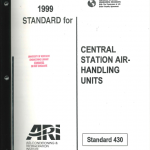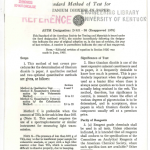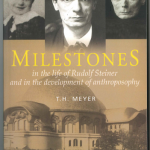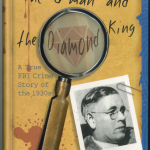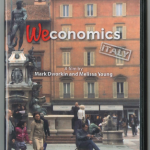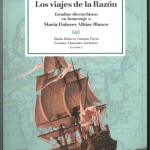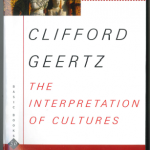1999 Standard for central station air-handling units / Air-Conditioning and Refrigeration Institute. (OCLC #954217642)
It can be hard to catalog a piece if you’re unsure exactly what you’re dealing with.
This publisher site indicates that there are two versions of this standard: ARI 430-89 (January 1989) and ARI 430-99 (July 1999). The title page says this is the 1999 standard, but the running title has the old number (ARI 430-89). We’ve had this standard in our library a long time (uncataloged), and it was locally labeled as “ARI 430-89 1999”. I didn’t find any copy in OCLC that had all these elements.
I wondered if this was the 1999 standard and they’d just neglected to update the running title, but I’ve checked online copies of that version, and they have different contents.
Rather than struggle with it further, I chose to follow the RDA guidance to “take what you see” and just recorded what’s on the piece in a new record:
245 00 ǂa 1999 Standard for central station air-handling
units / ǂc Air-Conditioning and Refrigeration Institute.
246 1_ ǂi On cover: ǂa Standard 430
246 17 ǂa ARI standard 430-89
